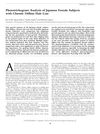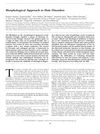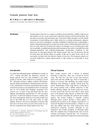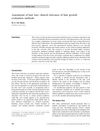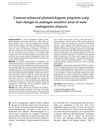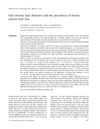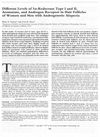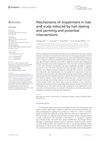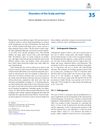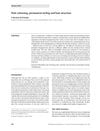Female Patients Complaining About Hair Loss: Documentation of Defective Scalp Hair Dynamics with Contrast-Enhanced Phototrichogram
April 2006
in “
Skin Research and Technology
”
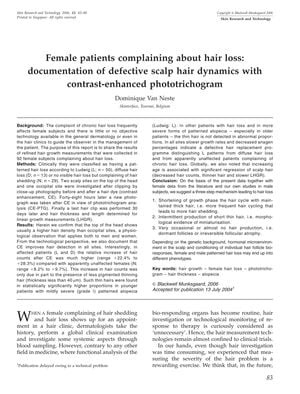
TLDR The study concluded that a special imaging technique showed women with hair loss have slower hair growth and a faulty hair replacement cycle.
In a study from 2006, 92 female subjects with hair loss complaints were analyzed using contrast-enhanced phototrichogram (CE-PTG). They were divided into three groups: 50 with patterned hair loss (L), 13 with diffuse hair loss (D), and 29 with complaints of hair shedding but no visible loss (N). The study found that CE-PTG improved hair detection, especially in patients with hair loss. Younger patients with patterned hair loss had a higher proportion of less pigmented, thinning hair. All patients with patterned hair loss showed slower hair growth rates and lower percentages of hair in the anagen phase, suggesting a defective hair replacement cycle. Age was correlated with a decline in hair count, thickness, and growth rate. The study proposed a three-step hair loss mechanism: a shortened growth phase with thick hair, production of short thin hair, and eventually minimal or no hair production. The findings suggest that hair loss in females may follow different patterns than in males, and initial complaints often involve non-specific shedding. The study highlights the need for further research to improve diagnosis and treatment of hair loss in women.
